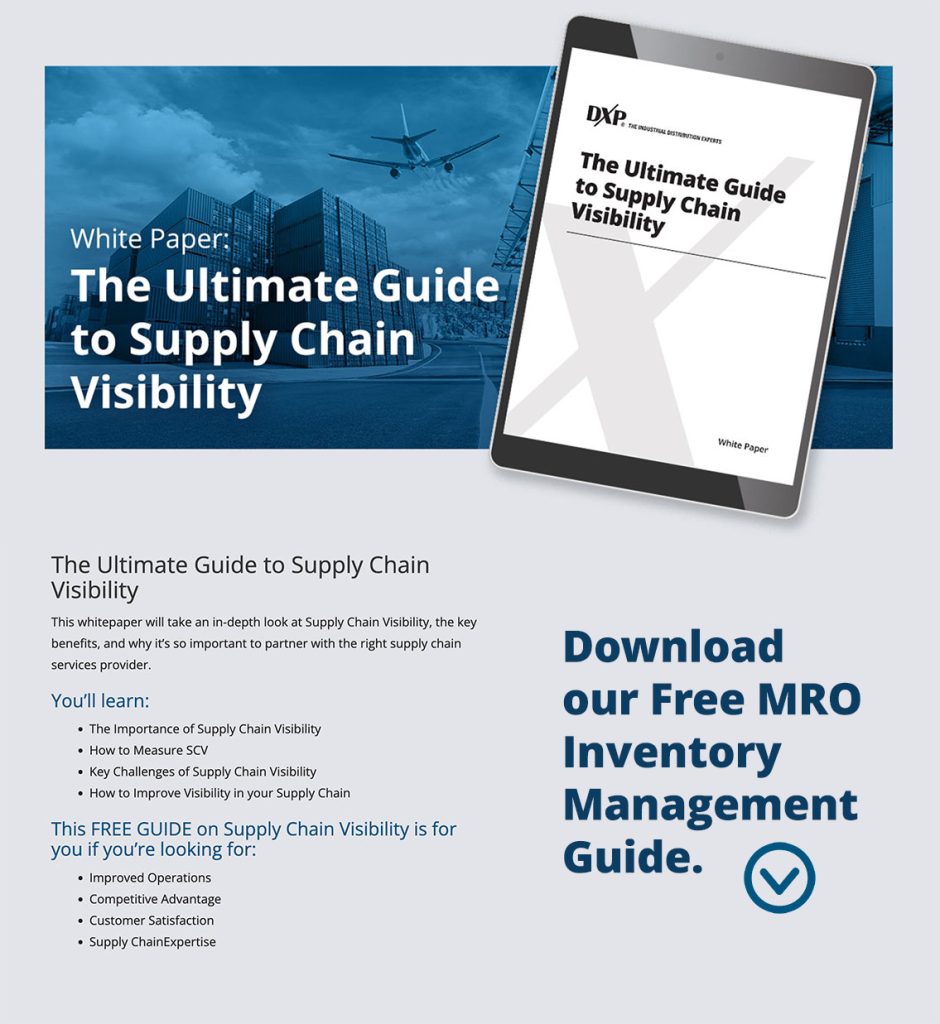
Workplace Injury Prevention Strategies for Industrial Worksites
According to OSHA, more than 4.1 million individuals suffer from a work-related illness or injury each year. Serious accidents can cause not only financial and emotional hardship for workers and their families, but also mean a loss of productivity and potentially millions of dollars in revenue for companies.
Learn how to reduce workplace injuries and fatalities by implementing these prevention strategies.
Preventing Hazards in the Workplace
The first step to understanding how to prevent workplace injuries is to know why they often occur.
- Shortcuts – Getting the job done as quickly as possible is often the cause of many workplace accidents.
- Weather – Poor weather conditions on outside worksites can lead to workplace injuries and accidents. Working in inclement weather may specifically lead to an increase in overexertion and falls.
- Training – Inefficient training can lead to an increase in accidents. It’s imperative to make sure each employee has been trained on everything from how to correctly operate specific machinery to general safety procedures.
- Transit – Many workplace injuries occur because of driving accidents. Make sure all company vehicles are inspected and repaired on a regular basis.
Workplace Injury Prevention Strategies
It’s important that you create a comprehensive plan with a variety of strategies that work together. The following are steps that need to be taken in order to reduce workplace injuries.
- Hiring the right people– Many times safety starts with human resources. It’s necessary to properly screen new hires on their ability to perform specific job functions. Hiring the best people for each position is a crucial aspect of a fatality prevention plan.
- Educating and training– It’s imperative to have a training program in place for every department and each specific job. According to the United States Department of Labor, it’s important to make sure both supervisors and general employees receive adequate training.
- Monitoring employees– A system for monitoring how well your employees follow safety procedures is an essential part of any workplace injury prevention strategy. There needs to be a system in place for documenting who has specifically monitored an employee and what was witnessed.
- Enforcing consequences– When safety procedures have not been followed, there need to be adequate consequences in place. When you don’t consistently respond to non-compliance, you send the message that following safety procedures isn’t that important.
- Reviewing injuries– After injuries or unsafe practices have occurred, you’ll need to review why this happened in each particular case and what can be done to prevent it from happening in the future.
- Identifying weaknesses– It’s important to identify patterns of weakness and areas needing change or reinforcement. You should use the right industrial safety equipment suppliers, the best data possible, and real-time feedback to assess each situation and create strategies that address these particular areas.
- Reinforcing safety practices– It’s necessary to discuss safety practices and prevention procedures on an ongoing basis. This should be done during evaluations and regular staff meetings.
- Rewarding– Employees should be rewarded for following and maintaining workplace accident prevention strategies. This could include rewarding shifts, teams or individuals.
Fatality Prevention
According to the Bureau of Labor Statistics, there were 5,190 work-related fatalities in 2016 in the United States. This was an increase of 7 percent from 2015. EHS Today states that the reduction of minor injuries doesn’t mean that serious injuries or fatalities will be reduced as well. Injuries that result in varying levels of severity may often have very different causes. This means that your fatality prevention plan may differ from your general prevention strategies.
Preventing hazards in the workplace, and the injuries that may result is extremely important for every type of industrial and manufacturing company. It’s necessary to implement strategies for the prevention and control of industrial accidents that take into account different types of injuries and their potential for fatalities.
Contact DXP today to learn more about our industrial safety services, and how they can improve your workplace safety and productivity.

